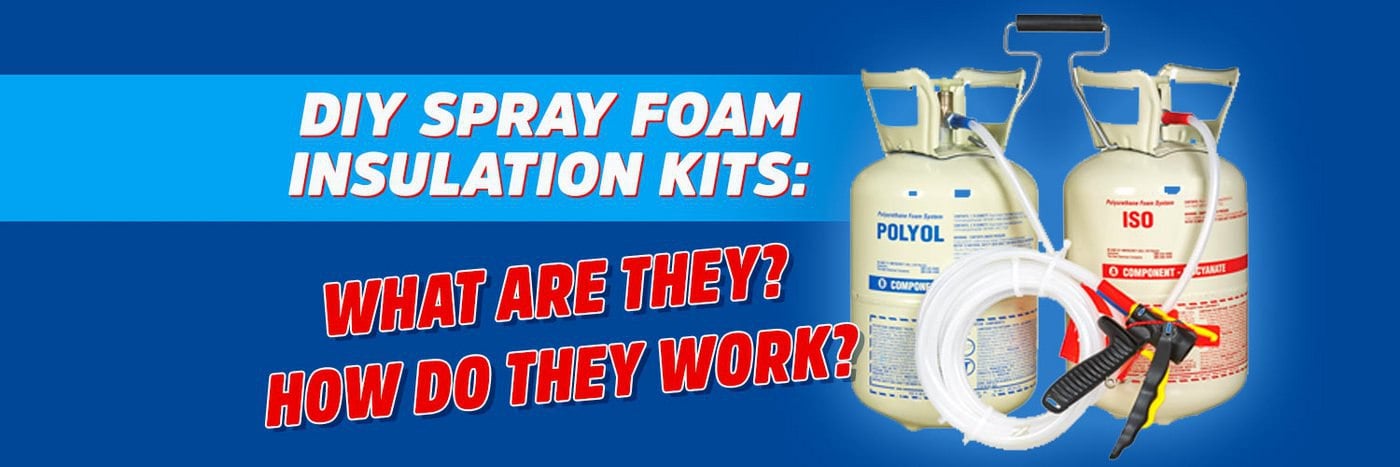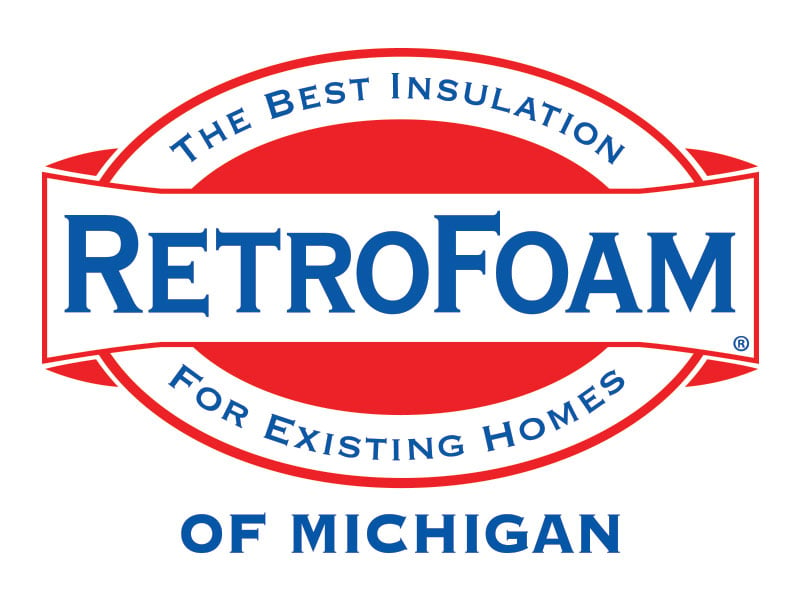DIY Spray Foam Insulation Kits: What are They? How Do They Work?


You know your home needs insulation, and after doing some research, spray foam insulation seems like the best option.
Then you heard about DIY spray foam insulation kits, and since you're pretty handy around the house, you're wondering -- could I do this myself?
Let's talk about what these foam insulation kits for DIY projects really involve, where they work best, and whether they're worth tackling on your own.
Can You Do It Yourself with Spray Foam?
The short answer? Yes. But the better question is: should you?
Do-it-yourself spray-in foam insulation is totally doable for small jobs around the house -- like rim joists, crawl spaces, or gaps around doors and windows -- but it comes with a learning curve. You'll need to follow the instructions of the kit to a tee. One misstep and you might end up wasting material, or worse, making a mess that's tough to fix.
Before you even buy a kit, take time to read the directions online to know exactly what you're getting into.
What is a DIY Spray Foam Insulation Kit?
DIY spray foam insulation kits -- often called froth packs -- are usually low-pressure polyurethane foam systems that come with:
- Two foam canisters (labeled "A" and "B")
- A spray gun
- Hoses
- Disposable spray nozzles
They're designed to mix and spray foam that quickly expands to create an air seal in small areas -- if applied correctly.
How Do Spray Foam Kits Work?
In most do-it-yourself foam insulation kits, the "A" and "B" chemical components mix in the spray gun.
Once sprayed, the mixture expands rapidly, hardens, and cures into a solid foam barrier. These kits don't require special machines -- just the included equipment and some patience.
What Kind of Foam is in These Kits?
Most spray foam insulation kits for DIY use are polyurethane foam.
There are two main types:
- Open Cell Foam: Lighter and expands more. Great for sound dampening.
- Closed Cell Foam: Denser and stronger. Better for moisture control and insulating value (R-Value).
Which one you use depends on the job you're tackling.
Pros and Cons of DIY Spray Foam Kits
Let's break it down.
Here's what's great -- and not so great -- about these do-it-yourself spray foam insulation kits.
Spray Foam Insulation Kit Pros
- Perfect for spray foam insulation small jobs: Rim joists, crawl spaces, and attic gaps are all good candidates.
- Cost-effective for small areas: Contractors often have a minimum charge, so DIY can save money.
- Quick fix for air leaks: Great for patchwork or upgrades around windows and doors.
Spray Foam Insulation Kit Cons
- It's messy: Spray foam is sticky. You'll need a full protective suit: gloves, goggles, mask, and coveralls with a hood.
- Nozzle clogs quickly: Take a break longer than 30 seconds, and you'll need a new one.
- Foam won't stick if surfaces aren't prepped: Dirt, dust, or moisture will keep it from adhering.
- Chemical mixture can fail: If the canisters aren't hooked up just right, or if materials back up in the hose, you could lose the entire kit.
Where to Buy DIY Spray Foam Kits
Looking to give it a try?
Popular DIY spray foam insulation kits are available at most home improvement stores and from online retailers.
Prices range from about $75 to $800, depending on the size of the kit. Just remember that the cost doesn't include PPE (personal protective equipment) or cleanup supplies you'll probably need.
Learn More About Foam Insulation Options
Whether you're ready to dive into do-it-yourself foam insulation spray kits or decide it's better to call in the pros, understanding your options helps you make the best decision for your home.
Want to keep learning? Check out our Learning Center for more tips, videos, and homeowner-friendly guides.
Key Points:
- DIY spray foam kits can be a good option for small projects like rim joists or crawl spaces.
- Most kits use low-pressure polyurethane foam and come with all needed tools.
- There's a steep learning curve, and proper PPE is essential.
- Errors in mixing, prep, or application can ruin the kit or the insulation job.
- For large-scale jobs or whole-home insulation, hiring a professional is usually more cost-effective and less stressful.
Related Articles
Who are the Best DIY Spray Foam Insulation Kit Manufacturers?
DIY Spray Foam Insulation Kit Problems
About Amanda Emery
Amanda previously has worked as a breaking news and crime reporter, TV news producer, and editor in Flint and Detroit. Throughout her career as a journalist, she has won several awards from The Society of Professional Journalists - Detroit Chapter and the Michigan Press Association. As part of the RetroFoam of Michigan family, Amanda uses her experience as a journalist to write content that will help educate homeowners on the benefits of foam insulation. When Amanda isn’t writing, she’s spending time with her husband and rescued huskies. She also loves knitting, making art, cooking, and hosting dinner and a movie night for friends and family.


